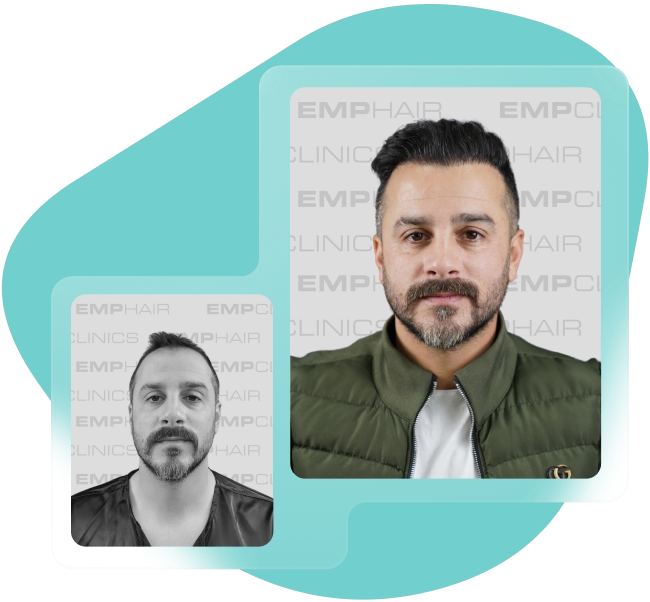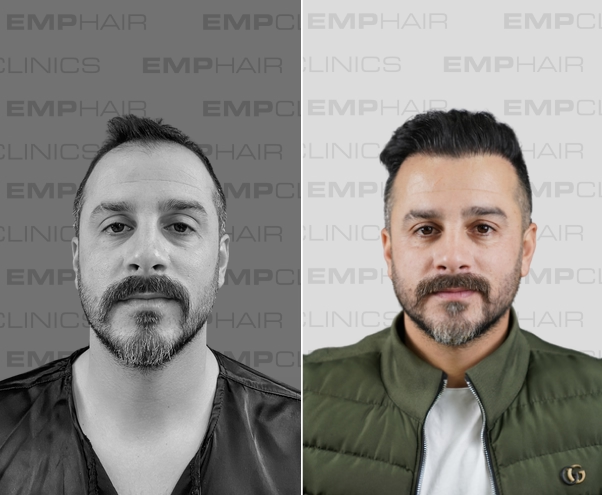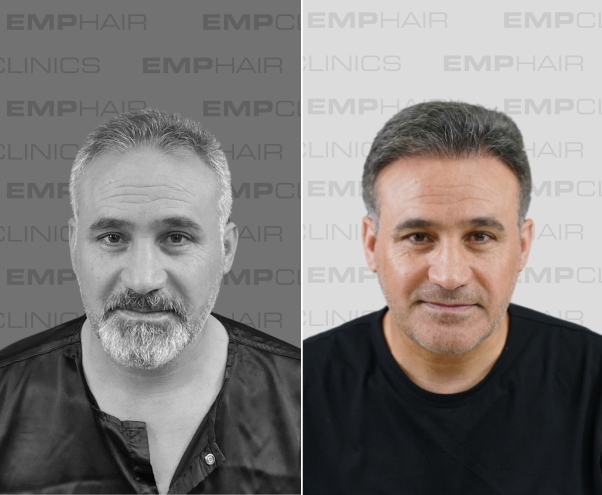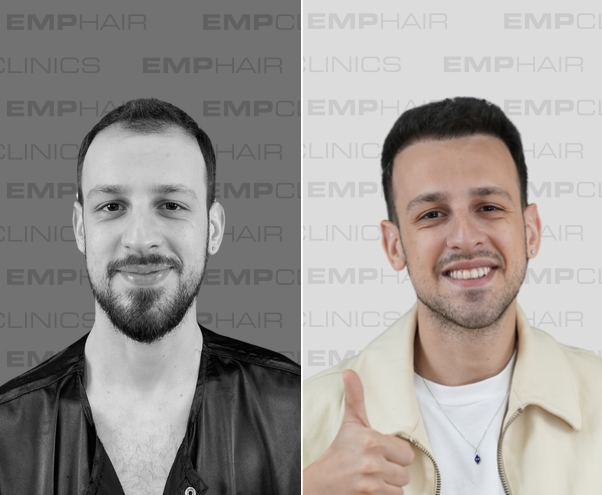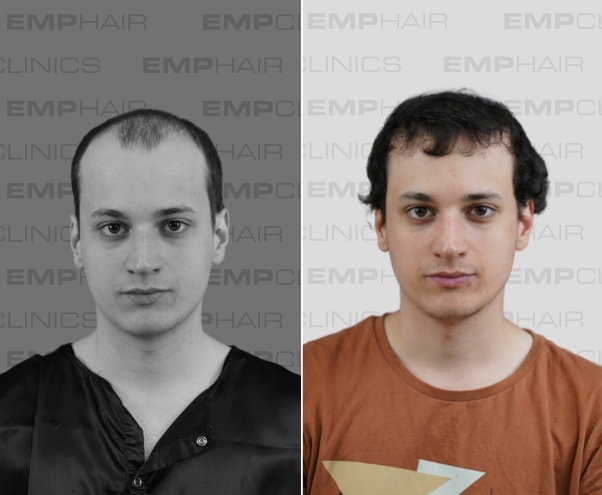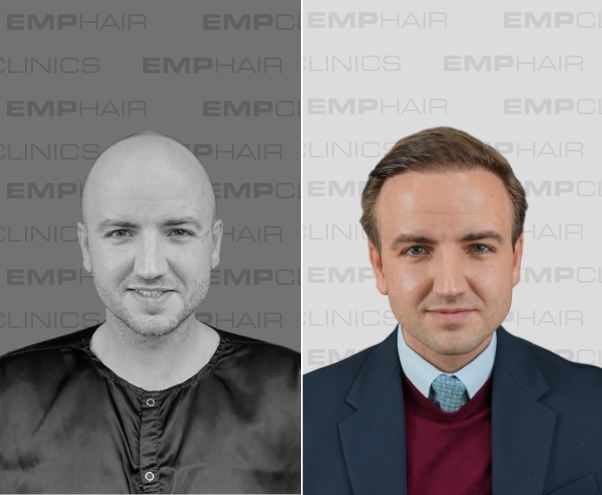 +17
+17
Years of Experience
 +15
+15
Certificates and Awards
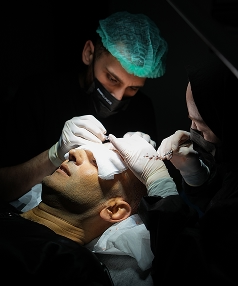 +45000
+45000
Successful Operations
 +98%
+98%
Success Rate








Before & After Transformations!
Discover natural and lasting results achieved through hair transplantation. Take a look at impressive photos showing how hair loss can be reversed with real-life examples!
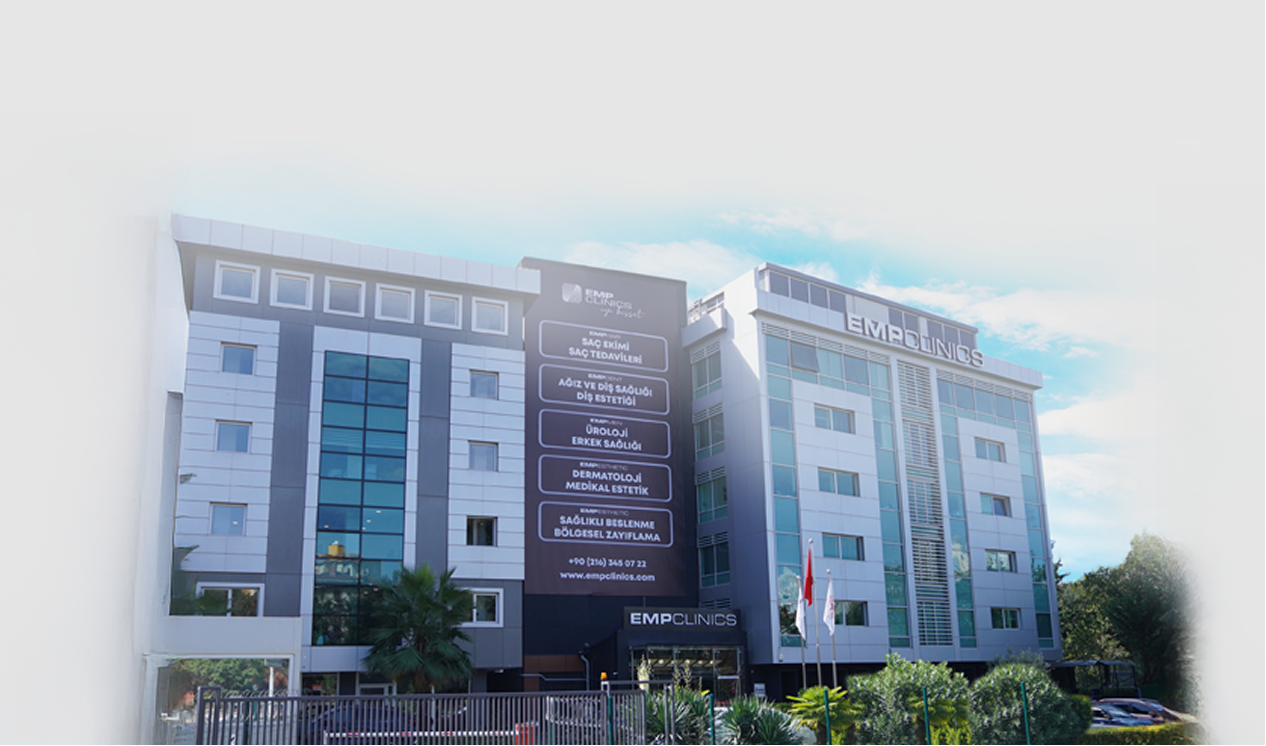
Hair Transplant Prices by Countries
You can achive affordable prices, perfect results with Emphair. Compare prices from other coutries.
| Country | Prices |
|---|---|
| Turkey | € 1,990 - € 2,990 |
| United Kingdom | € 4,790 - € 7,490 |
| Germany | € 5,990 - € 9,990 |
| Spain | € 5,690 - € 9,990 |
| France | € 7,490 - € 14,990 |
| United States | €11,290 - € 15,990 |
| Ireland | € 6,790 - € 22,990 |
Our Clinics
We perform your hair transplant operation in a modern, comfortable and sterile enviroment. With our advanced technology and expert team, we welcome you to our hair transplantation centre where you will feel safe!
Patients Stories
It is a leading hair transplantation center offering hair, beard, and eyebrow transplants under medical supervision, ensuring success with expert staff and innovative techniques.

Frequently Asked Questions
Contact Us Today
EMPCLINICS with high satisfaction. The Technological Innovation of hair transplant procedures ensures the best results and patient care.
Request a free online consultation
Please complete this short form for a free online consultation.
-
[email protected]
-
Küçükbakkalköy, Ahmet Yesevi St. No: 8, 34750 Ataşehir/İstanbul
